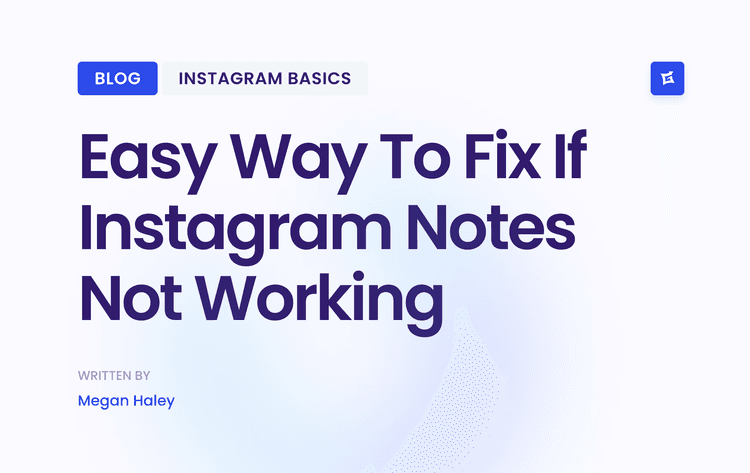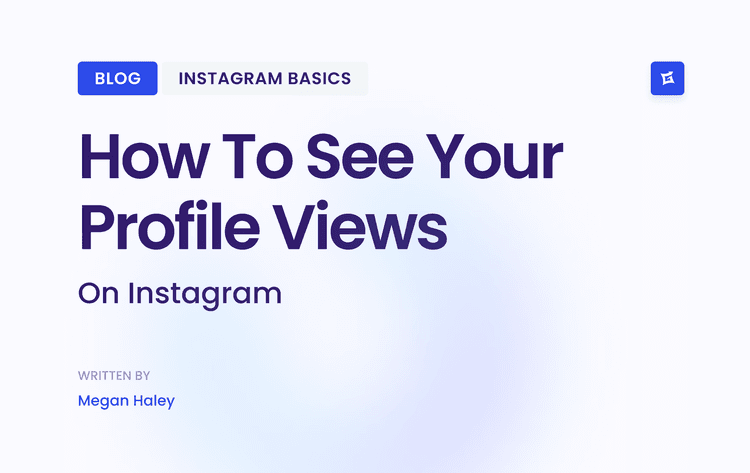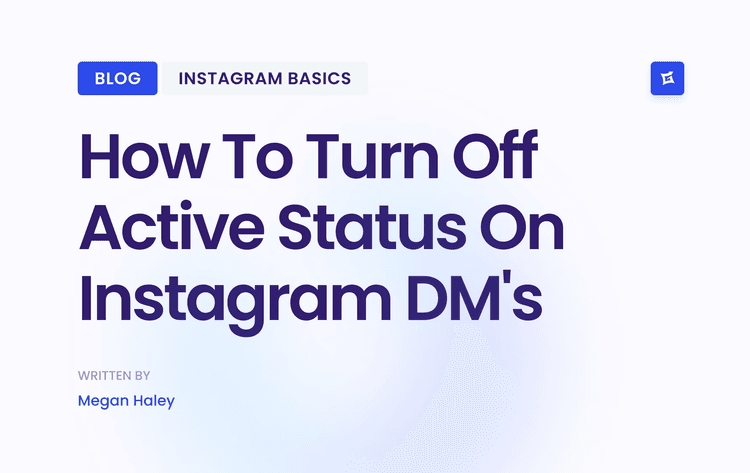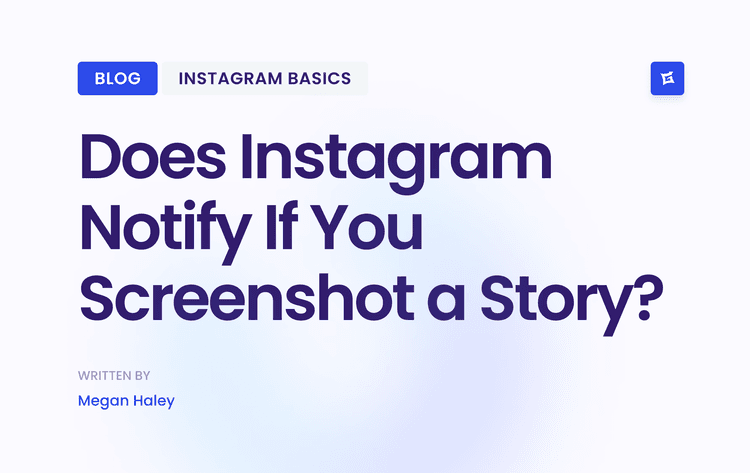Why Most Content Workflows Fail (And What Works)
The Disconnect Between Strategy and Reality
A huge reason these systems fall apart is the gap between having a documented process and how it plays out in the real world. Even when teams formalize their approach, the results can be pretty underwhelming. For example, recent industry data shows that only 29% of B2B marketers with a documented content strategy say it’s highly effective. This points to a deeper issue than just having a plan on paper.
To understand why so many workflows stumble, it helps to see the common roadblocks. These issues often pop up long before a single piece of content is created.
Common Content Workflow Challenges and Their Impact
Breakdown of the most frequent obstacles content creators face and their effect on workflow efficiency
Unclear goals affect 42% of individuals and are considered to have a high impact. The primary solution to this challenge is to define specific, measurable objectives.
Misalignment with the customer journey affects 39% and has a high impact level. To address this, content should be mapped to audience needs at each stage.
Lack of data-driven insights affects 35% and has a medium impact. The suggested solution is to integrate analytics and audience feedback.
Inconsistent execution affects 30% of people and carries a medium impact. The recommended approach is to adopt a flexible, energy-based schedule.
As the list shows, the most cited challenges are foundational. When you're dealing with unclear goals (42%), content that doesn't match the customer journey (39%), or a lack of data-driven insights (35%), no workflow can save you. A workflow built on a shaky foundation is bound to crumble. You can get more details about why so many content strategies fall short from the Content Marketing Institute.
This disconnect shows why a successful content creation workflow has to be more than a checklist; it needs to be an adaptive system that can bend without breaking.
What Works: Flexibility Over Rigidity
So, what’s the alternative? Instead of a rigid structure, successful creators build systems that embrace flexibility. Their workflows are designed to support their creative process, not to suffocate it. This means focusing on principles over prescriptive steps.
What does this look like in practice?
Energy-Based Planning: Forget about assigning specific tasks to specific times. Instead, match your tasks to your energy levels. Are you a morning person with tons of creative energy? That’s your time for writing scripts or filming. Feeling a slump in the afternoon? Use that time for lower-energy tasks like editing, scheduling posts, or answering comments.
Frictionless Idea Capture: Inspiration doesn't wait for your scheduled "ideation session." You need an easy way to grab ideas whenever they strike—whether that’s a quick voice memo, a dedicated app like Notion or Trello, or a simple pocket notebook. The key is to make it so easy that you never lose a great concept.
Themed Content Days: Instead of trying to do a little bit of everything each day (and feeling scattered as a result), try dedicating entire days to specific phases. Think "Research Mondays," "Filming Wednesdays," or "Editing Fridays." This approach helps you get into deep focus and build momentum without the pressure of a rigid, minute-by-minute schedule.
Ultimately, the goal is to create a supportive structure that guides you, not a restrictive one that boxes you in. The best content creation workflow is one that serves your creativity, not the other way around. It’s a system that adapts to your natural rhythms and evolves as you and your goals grow.
Building a Content System That Fits Your Reality

The internet is full of "perfect" advice for building a content creation workflow, but let's be real, life is messy. Your situation isn't a template, so why should your content system be? The secret is to design a workflow that works with your life, not against it. This is crucial when you consider that 60% of creators also have full-time jobs, and another 20% are running their businesses on the side. You can dig into more of these creator economy trends from Spiralytics.
Most of us are juggling content creation with other major life commitments. That means a personalized system isn’t just a nice-to-have; it's a necessity. A workflow that works for you will respect your energy levels, available time, and creative cycles. Instead of trying to force a system that fights your natural rhythm, you build one that flows with it.
Auditing Your Current Process to Find Bottlenecks
Before you can build something better, you have to figure out what’s holding you back right now. A quick and honest audit of your current process can shine a light on the hidden hurdles that are slowing you down. Grab a notebook and ask yourself a few direct questions:
Where do I consistently get stuck? Is it coming up with ideas, facing that blank page, or finally clicking "publish"? Pinpoint the exact moment of friction.
Which tasks drain my energy the most? These are the activities you should schedule for when you're feeling your best, or find ways to simplify them.
What parts of my process feel repetitive or manual? Anything you do over and over is a perfect candidate for a template or automation tool.
When do I feel most creative and productive? This is your golden time. Protect it fiercely and dedicate it to the work that matters most.
Think of this as gathering intel, not finding faults. The goal is to get the data you need to build a smarter, more personal content creation workflow that supports you.
Designing a Flexible Framework
Once you know your sticking points, you can start creating a framework that’s flexible enough for real life. This isn't about setting rigid rules but about building a supportive structure. For many creators, a great starting point is building a Personal Knowledge Management System. This is a central hub to capture and organize your ideas, so you're never starting from a blank slate.
This practical system is the engine that brings your larger strategy to life. A workflow is what turns your plans into published content. If you're looking to get your high-level plans in order, our guide on building a powerful content marketing strategy can help connect the dots. In the end, the best system is one that grows with you, adapting as your goals, audience, and life inevitably change.
Strategic Planning That Goes Beyond Pretty Calendars

Having a content calendar packed with ideas can give you a false sense of accomplishment. In reality, it's often just a fancy to-do list. A truly strategic content creation workflow is about more than just filling slots; it's about crafting a cohesive story that builds your authority and genuinely helps your audience. You need to move from asking, "What should I post on Tuesday?" to "How does this post connect with what I shared on Sunday and what I'm sharing on Thursday?"
This simple shift in perspective is what separates a content machine from a strategic creator. The idea is to establish core content pillars or themes that anchor everything you create. For instance, a fitness coach might focus on themes like "beginner-friendly workouts," "common nutrition myths," and "building a mindset for consistency." Every post, whether a Reel, Carousel, or Story, ties back to one of these pillars. This method reinforces your expertise in a specific area, which is much more effective than chasing every random trend.
Creating Content Clusters and Themes
The most successful creators don't just think post by post; they think in content clusters. This involves creating a central, high-value piece of content—a pillar—and surrounding it with smaller, related posts that all point back to the main piece. This isn't just a tactic for search engines; it’s a fantastic way to guide your audience deeper into a topic and show off the breadth of your knowledge. Think of your pillar content as the sun and smaller posts as the planets orbiting it.
Here’s how you could apply this to your content creation workflow:
Pillar Content: Start with something substantial, like an in-depth Instagram Guide on a core topic or a detailed video tutorial.
Cluster Content: Create smaller, bite-sized posts that pull from your pillar. These could be:
A Reel showing one specific exercise from your main workout guide.
A simple text post debunking a single myth you covered in your nutrition pillar.
A Carousel that breaks down one mindset tip in more detail.
This approach keeps you organized and, more importantly, creates a rich, interconnected web of value that your followers can explore.
Balancing Evergreen and Timely Content
A solid content plan needs a healthy mix of evergreen content and timely, trend-driven posts. Evergreen content, like a guide to setting up a home gym, stays relevant for months or even years, constantly drawing in new followers. Timely content, like participating in a viral challenge or using a trending audio, captures immediate attention and shows you're in tune with the current conversation.
A good rule of thumb is to aim for a ratio of roughly 80% evergreen to 20% timely content. This balance ensures you're building a durable library of valuable resources while taking advantage of short-term engagement opportunities. When you build this mix directly into your planning, your content creation workflow becomes both sustainable and relevant, driving consistent long-term growth and immediate connection.
Streamlining Production Without Killing Creativity
Finding that perfect rhythm in your content creation workflow—where efficiency and inspiration dance together—is how you scale your Instagram without burning out. The idea isn't to become a content factory, churning out soulless posts. It's about building smart systems that get the tedious stuff out of the way, so your creative energy can shine. A solid, repeatable process provides the structure you need without boxing in the spontaneous ideas that make your content special.
One of the simplest ways to reclaim hours is by using tools that do the heavy lifting for you. For instance, speech-to-text software can be a lifesaver. Think about all the time you spend typing out captions or transcribing your video scripts. Automating that task frees up so much mental space for what matters: coming up with your next killer content idea.
Smart Batching and Editing
Instead of tackling your content one post at a time, try smart batching. This doesn't mean all your content will look the same; it just means you group similar tasks to stay in the zone. You might dedicate a Monday morning to filming all your Reels for the week and a Tuesday afternoon to editing them. This cuts down on the mental drain of constantly switching between different types of work.
When it's time to edit, having simple templates for your most common formats is a huge help. For Instagram Carousels, this could be a pre-designed layout in Canva with your brand fonts and colors already set. This keeps your feed looking consistent while letting you focus on the unique message of each slide. The template provides the frame; you provide the art.
The infographic below shows how much impact a well-oiled workflow can have on key metrics like editing time, review cycles, and getting content approved on the first try.
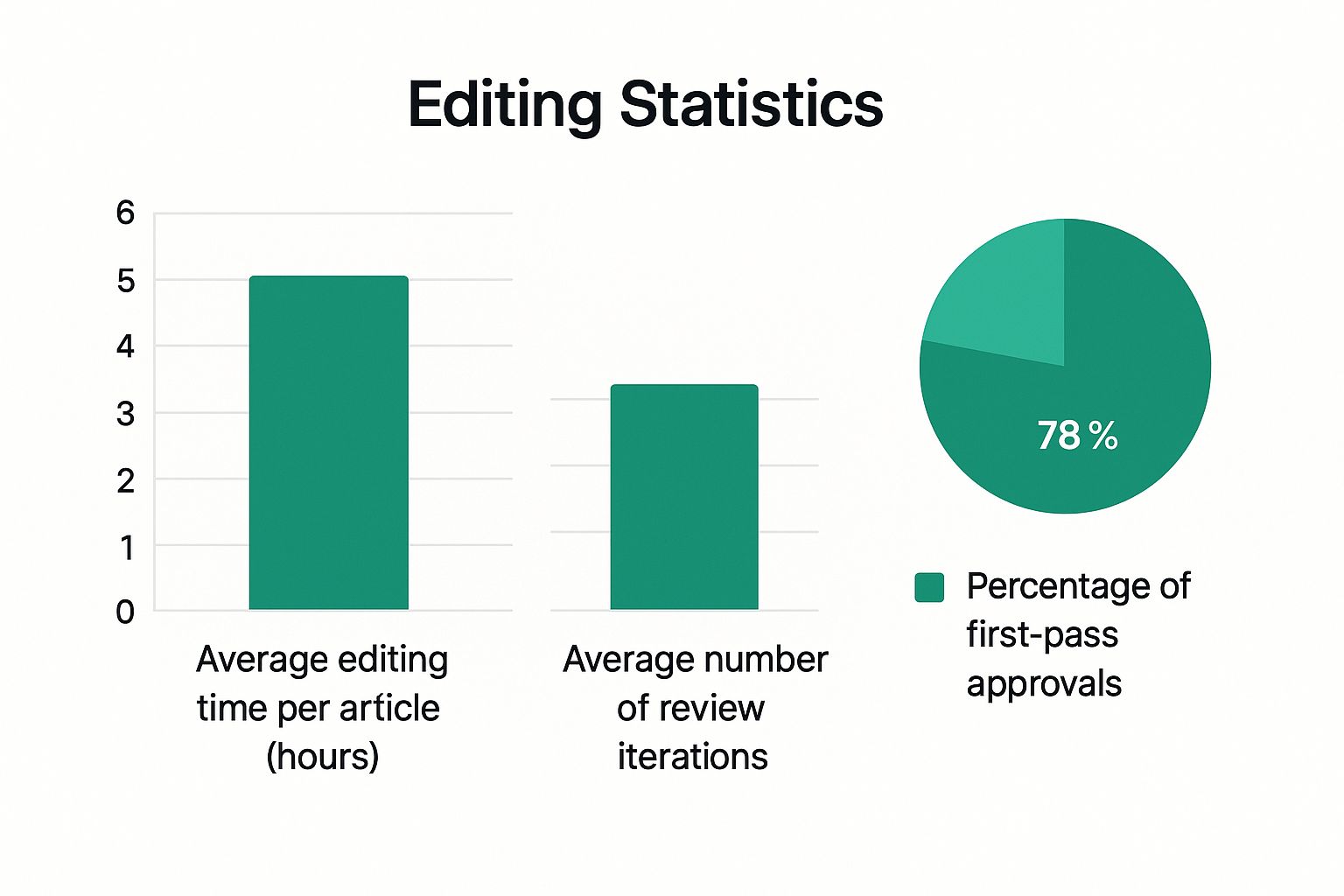
As you can see, a defined process dramatically reduces the time spent on revisions and gets your content ready to publish much faster.
How Much Time Should This Take?
So, what's the magic number of hours you should be putting in? Honestly, there isn't one. The time commitment for creators is all over the map, which shows how different every content creation workflow can be. For example, 2021 data revealed that 36% of creators spend a manageable 1-5 hours per week, while a dedicated 5% are putting in over 40 hours. You can dig deeper into these numbers in this creator time investment report.
To give you a clearer picture of how this breaks down, here’s a look at how different types of creators might invest their time and structure their workflows.
Content Creation Time Investment by Creator Type
How different types of creators allocate their time to content production and the workflows that support each approach
The Side Hustler spends 1 to 5 hours per week creating content. Their primary focus is on consistency over complexity, using quick and engaging formats like Reels and single-image posts. The recommended workflow is to batch all filming and photo shoots into one session per week, use templates extensively, and schedule content in advance.
The Growing Creator devotes 5 to 15 hours per week. Their focus is on high-quality, multi-format content and building a strong community through engagement. The ideal workflow includes two dedicated creation days—one for filming or shooting and one for editing or writing—with a daily block reserved for engagement.
The Full-Time Creator works 15 to 30 hours weekly. Their focus is on polished, long-form content, such as YouTube videos repurposed for Instagram, as well as strategic collaborations and monetization. The suggested workflow involves themed content days (e.g., Monday for strategy, Tuesday for filming, Wednesday for editing), and outsourcing some tasks.
The Brand/Agency invests over 40 hours per week. Their focus is on comprehensive campaigns, a strong multi-platform presence, and detailed performance analytics. The recommended structure is a team-based workflow with clearly defined roles—such as strategist, creator, editor, and manager—and the use of project management tools like Asana or Trello.
This drives home the point that success isn't about the sheer number of hours you work. It's about having an effective process that helps you make the most of the time you have, whether it's five hours or forty.
Distribution Strategies That Get Your Content Seen
Making great content is a fantastic start, but if nobody sees it, does it even exist? A frequent misstep in many a content creation workflow is pushing distribution to the very end of the process, treating it like a final chore. The truth is, a smart distribution plan needs to be baked in from the very beginning. It's about being deliberate, not just being loud. You don’t need to show up everywhere all at once; you just need to be in the right places at the right times, with a message that fits right in.
Beyond “Post and Pray”: Strategic Scheduling
Let's move past the old advice of "post at 9 AM on a Tuesday." The best time to post is whenever your specific audience is online and scrolling. This means you need to get comfortable with your Instagram Insights and figure out your community's unique daily rhythms. Look for those consistent peaks in activity and plan to drop your most valuable content right before those moments. This gives your posts the best shot at getting that initial burst of engagement, which tells the algorithm, "Hey, people like this!"
Strategic scheduling also frees you from being glued to your phone. By planning and scheduling posts in batches, you create a consistent flow of content that keeps your audience tuned in and your brand visible. This turns scheduling from a daily grind into a powerful, forward-thinking part of your workflow. For more great ideas on maintaining this kind of consistency, check out these helpful social media management tips that can help keep your process running smoothly.
Multi-Platform Distribution Without the Burnout
Being active on several platforms shouldn't mean you have to create brand-new content for each one. That's a fast track to creative exhaustion. The smarter approach is intelligent repurposing, where you adapt your content to fit the culture of each platform.
Here’s how that might look in practice:
A detailed video tutorial you created for YouTube can be chopped into a series of quick, punchy tip-focused Reels for Instagram.
That powerful insight from your latest blog post? Turn it into a visually appealing Carousel that walks your audience through the key takeaway.
The behind-the-scenes clips from your video shoot are perfect for authentic, unpolished Instagram Stories.
This isn't about just dumping the same video file everywhere. It’s about taking the core value of your main content and repackaging it in a way that feels native and adds value to each channel. By building this "create once, distribute many" mindset into your content creation workflow, you dramatically extend your reach without tripling your workload. The aim is to work smarter, not harder, making your best ideas go further and creating a sustainable system for growth that respects your time.
Using Data to Refine Your Workflow (Without Getting Lost)

A truly effective content creation workflow isn't something you can set up once and then forget about. Think of it as a living system that needs to adapt based on what’s working. This is where data comes into play, but not in a way that makes your eyes glaze over. We're talking about using real performance insights to make your process smarter and more impactful.
It’s easy to get hung up on vanity metrics like your follower count, but it's better to focus on data that tells a story about your workflow's health. For instance, if your main goal is to build a loyal community, you should track metrics like your comment-to-like ratio or the number of DMs your posts bring in. These numbers reveal a genuine connection.
Performing a Simple Workflow Audit
To start refining your process, you first need to understand where you are now. You can do this with a quick audit by asking yourself a few key questions about your current methods:
Time-to-Publish: How long does it take to get from an idea to a live post? Pinpoint any specific stages, like editing or designing graphics, where things seem to consistently slow down.
Energy vs. Output: Which content formats require the most effort to create? More importantly, do they deliver the best results? You might find your high-effort videos aren't performing as well as your simpler, quicker carousels.
Content Performance: Take a look at your posts from the last month. Which ones received the most saves or shares? See if you can spot patterns in the topic, format, or even the time you posted.
This audit isn't about criticizing your process; it’s about discovering opportunities. If you find out that your most saved content is also the quickest to produce, that’s a huge win. It means you can create more high-impact content with less effort, which is a major goal for any sustainable content creation workflow. For an even bigger efficiency boost, you can explore some great content repurposing strategies to turn a single idea into multiple pieces of content.
Testing Changes Without Causing Chaos
Once you have a couple of ideas for improvements, test them one by one. Maybe you want to try batch-creating all your video content on Fridays. Give it a shot for two weeks and compare your output and stress levels to your old routine. The idea is to make small, steady improvements rather than a massive, disruptive overhaul.
This approach lets you balance data-driven decisions with your creative intuition, making sure your workflow stays effective without feeling robotic. Always remember, "good enough" and published is far better than "perfect" and stuck in your drafts folder.
Creating Long-Term Sustainability in Your Content Workflow
The real test of a content creation workflow isn't how well it works for a week or a month. It’s whether it can sustain your growth for the long haul without causing total burnout. A system that feels great at the start can easily show cracks as your audience grows and your goals change. The secret is to build a process that scales with you, not against you. A 10x jump in your audience shouldn't demand a 10x increase in your effort.
It's all about making your workflow smarter, not harder. This way, you can keep the creative energy that your audience loves while operating more systematically.
Building Scalable Systems
A truly scalable workflow is built with the future in mind. Instead of just putting out today's fires, it creates a foundation that can handle a much bigger workload down the road. This is about working intelligently, not just clocking in more hours.
Modular Content Creation: Think of your content in terms of interchangeable pieces. For example, a single deep-dive research session could provide the material for a detailed Carousel post, a punchy Reel, and a week's worth of Stories. This approach lets you multiply your output without multiplying your prep time.
Systematize, Don't Standardize: Create repeatable processes for the less exciting tasks, like how you name your files or schedule posts. However, always leave plenty of room for creativity. Your workflow should be a reliable framework, not a creative prison.
Plan for Delegation: Even if you're a one-person show right now, design your workflow so you can eventually hand off parts of it. By documenting key steps and using cloud-based tools, you make it much easier to bring on a video editor or a virtual assistant when the time comes.
Evolving for Monetization While Keeping It Real
As your account grows, opportunities to make money will start popping up. Your workflow needs to be flexible enough to support new ventures—like sponsored posts or digital products—without sacrificing the authentic voice your followers have come to trust. This means smoothly integrating new tasks, such as client communication or product development, into your established rhythm.
The ultimate goal is to maintain that genuine connection with your audience. A sustainable content creation workflow empowers you to run your Instagram like a business while keeping the heart and soul of your brand intact.
Ready to build a workflow that drives real growth? Gainsty’s AI-powered platform helps you scale your Instagram followers organically, keeping your content strategy on track and your audience engaged. Learn how Gainsty can grow your Instagram today!

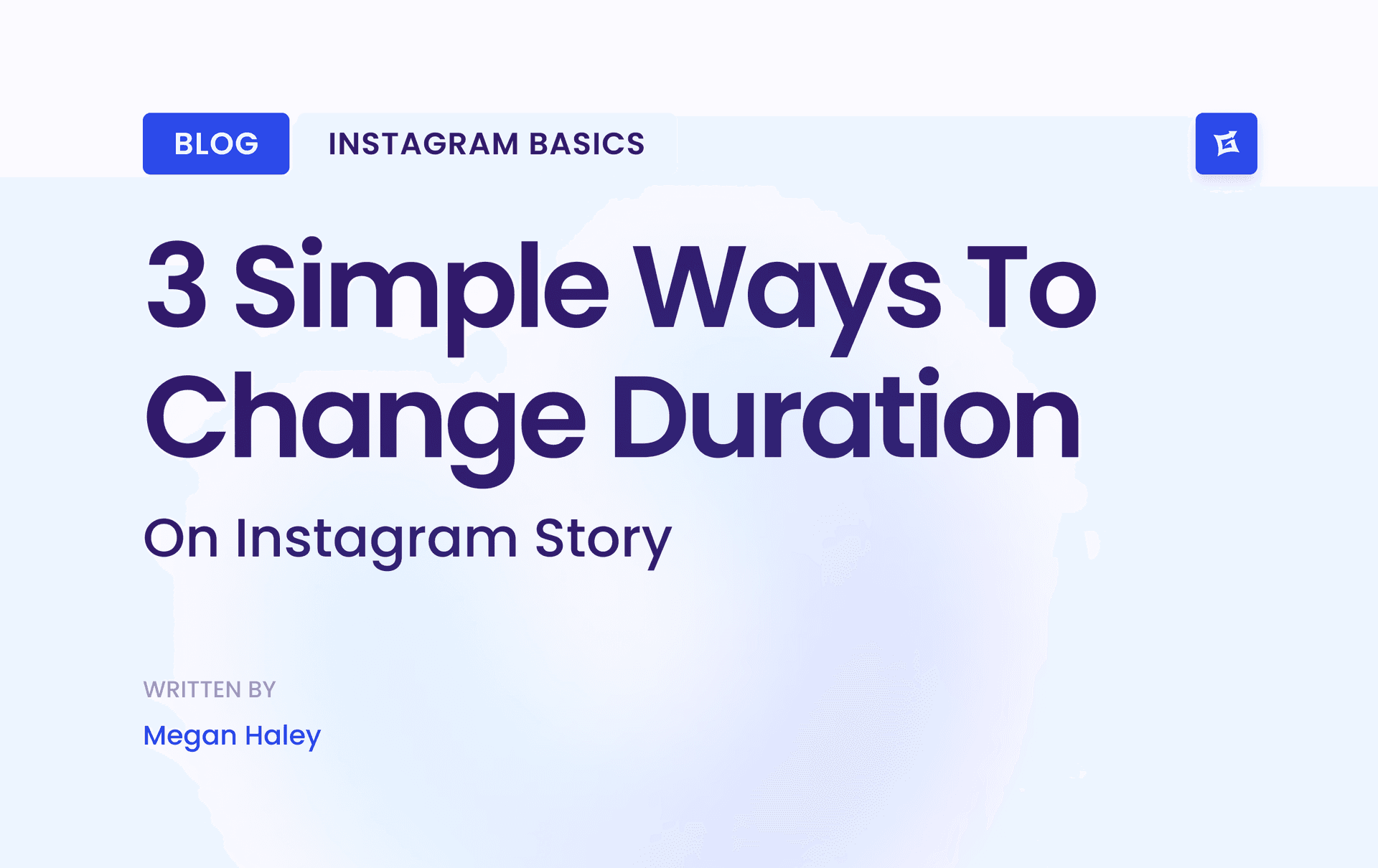
.png&w=1920&q=75&dpl=dpl_9XSWKBjhcBN6v6b1SN7m3p1WWjfr)
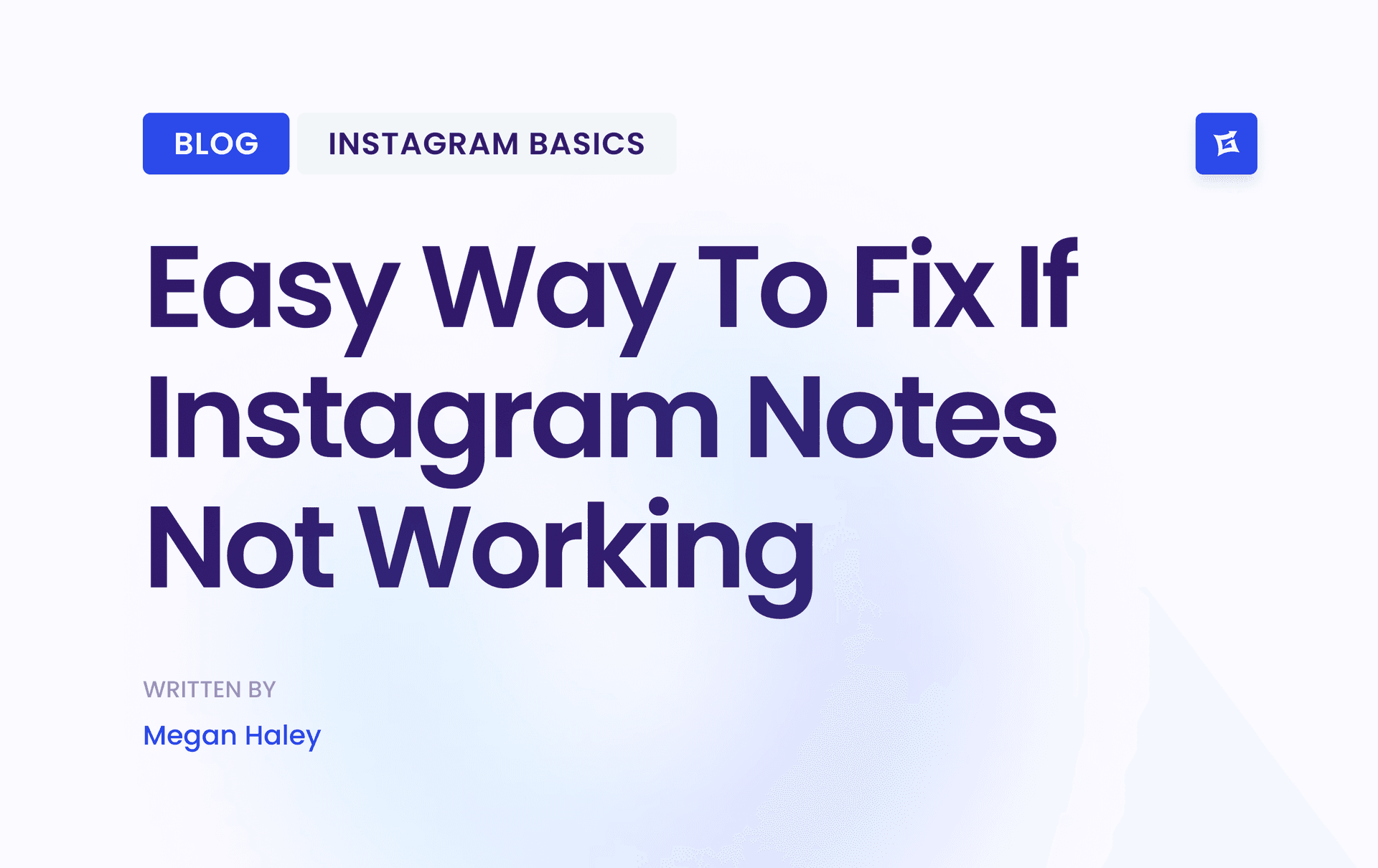
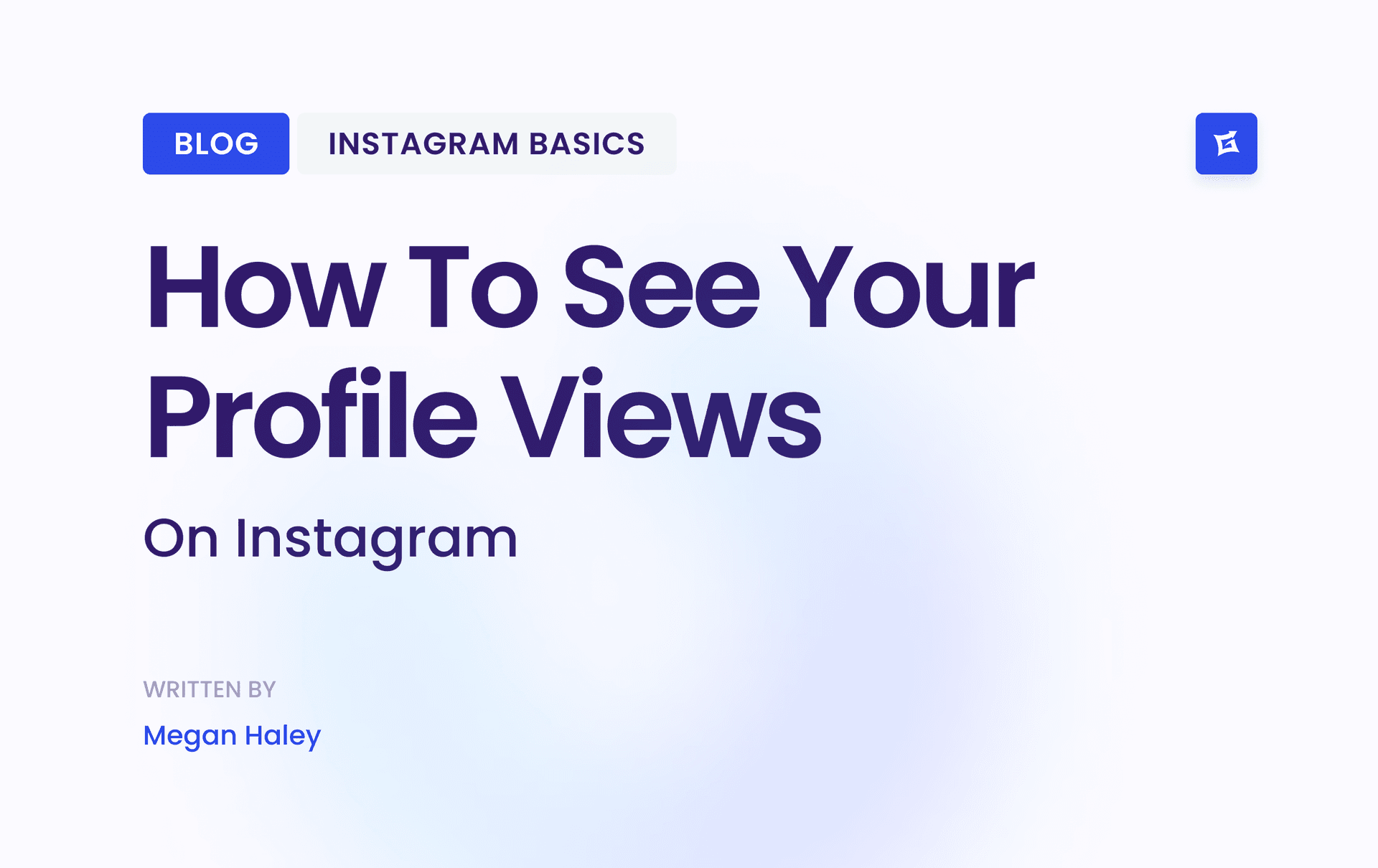
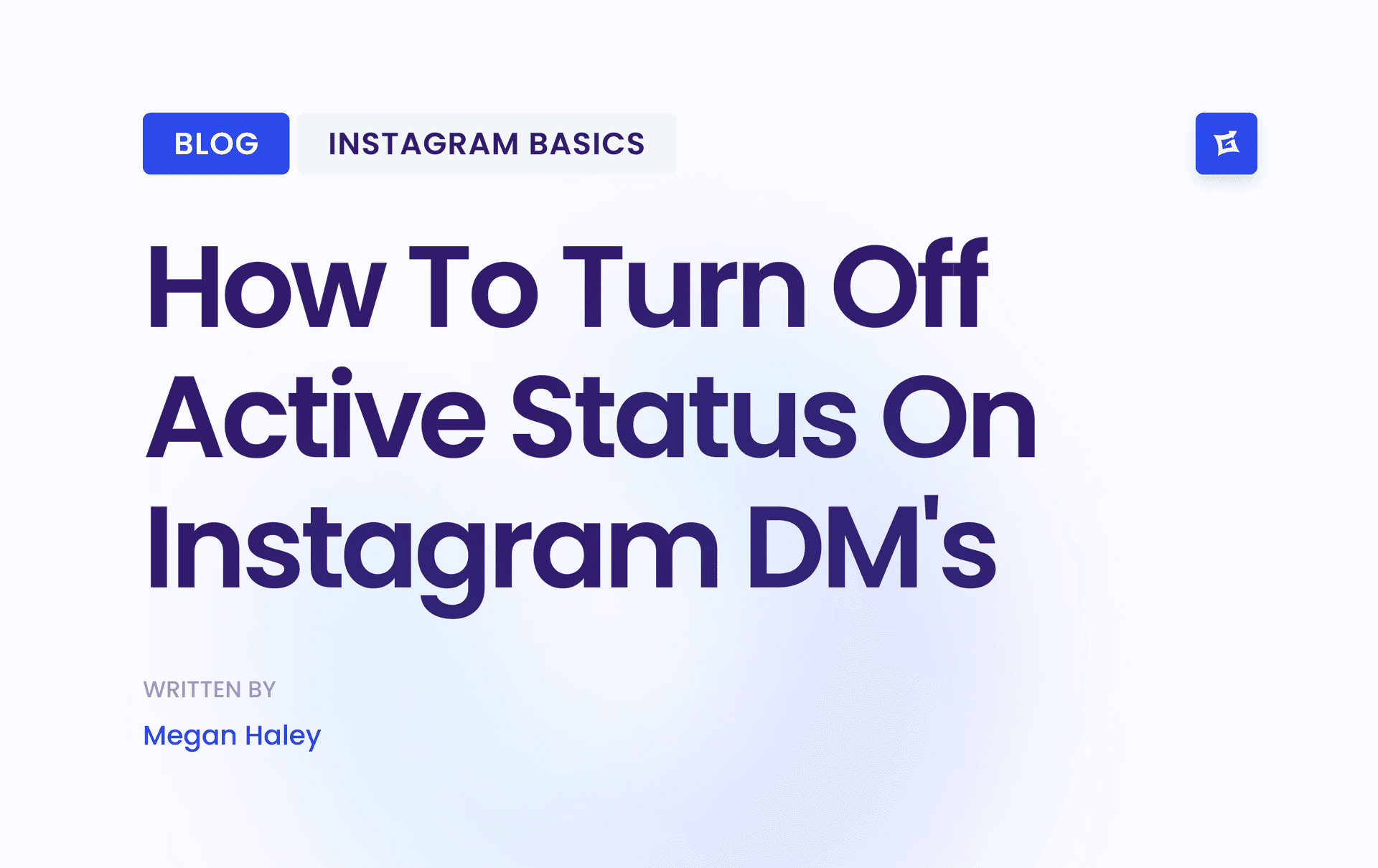
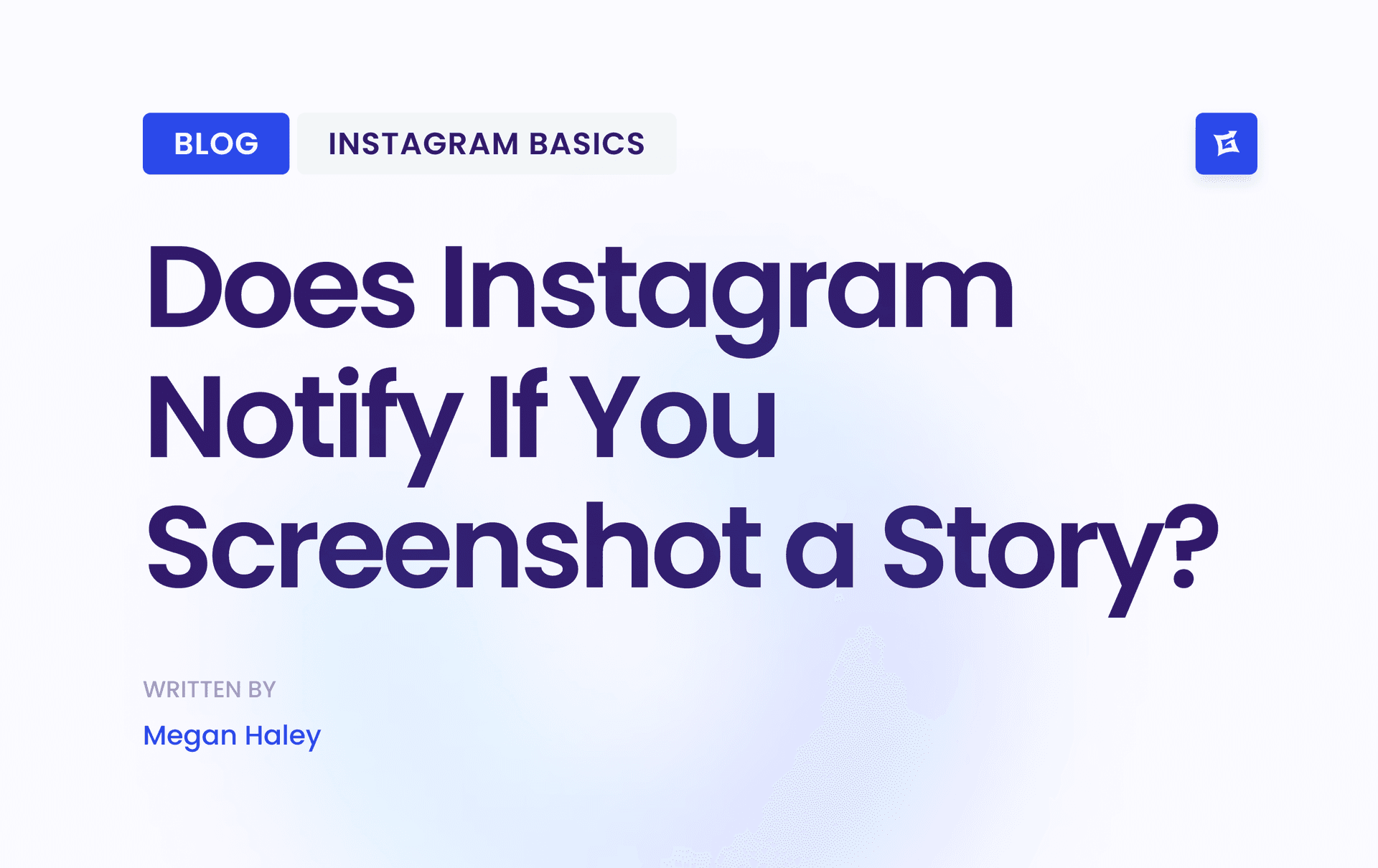



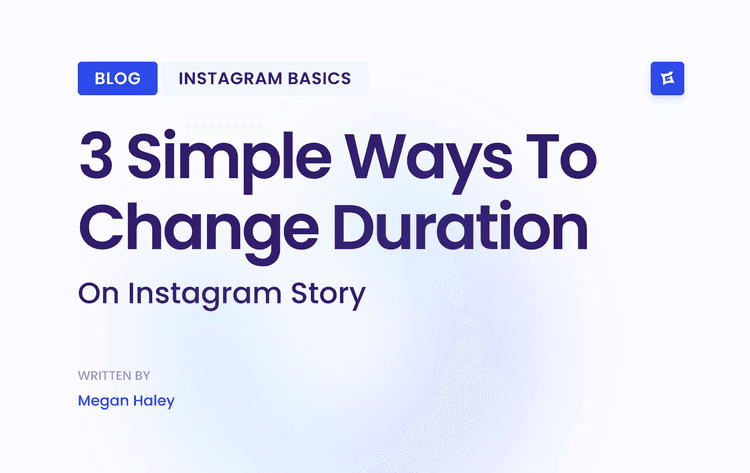
.png&w=750&q=75&dpl=dpl_9XSWKBjhcBN6v6b1SN7m3p1WWjfr)
